Choosing Between Solid and Foam Filled Tires – Experts Guide
Choosing the best tire type for commercial, marketing, or recreational use is critical. Sturdy and foam-filled tires are both viable choices, each with its own set of pros and cons.
Choosing between solid and foam filled tires? Which is better? Solid tires give you more durability, require less servicing and last longer than foam-filled tires. When choosing between solid and foam filled tires factors like the type of use, service life, expense, comfortability, and environmental impact should be considered.
If you are thinking of choosing between solid and foam filled tires then this article is just perfect for you. As it highlights the important points that one needs to keep in mind while choosing between both of them.
What Are Solid Tires?
Solid tires are composed entirely of rubber compounds and do not have an inner core or a wind compartment. These tires are usually used in heavy duty vehicles and machinery for building projects, waste treatment, industrial environments and in different places where there is a severe risk of ruptures, leakage, or mishaps.
Solid tires outlast conventional pneumatic tires and consume less power, which makes them perfect for use in higher places or on difficult ground. They are also less susceptible to punctures and blowouts, making them safer and more efficient in high-stress situations.
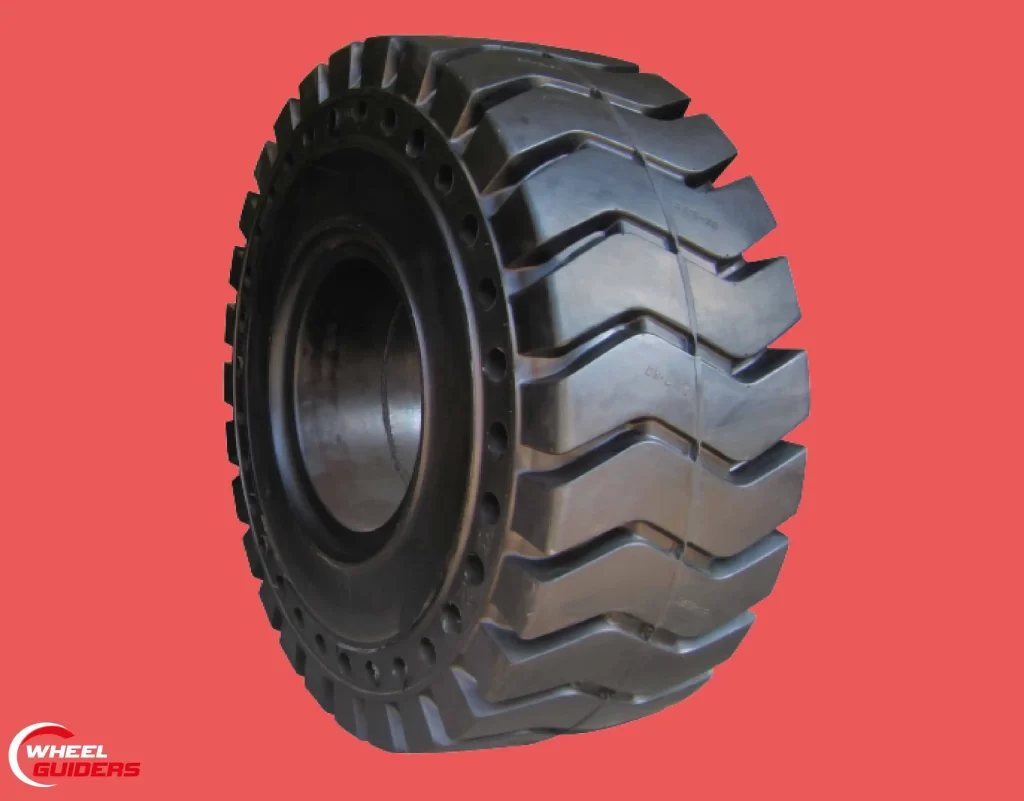
Pros And Cons Of Solid Tires
Pros
Cons
What Are Foam Filled Tires?
Foam filled tires consist of rubber implants filled with polyurethane foam rather than air. These components provide increased support, making them extra resilient to pricks induced by razor blades, nails and other sharp objects.
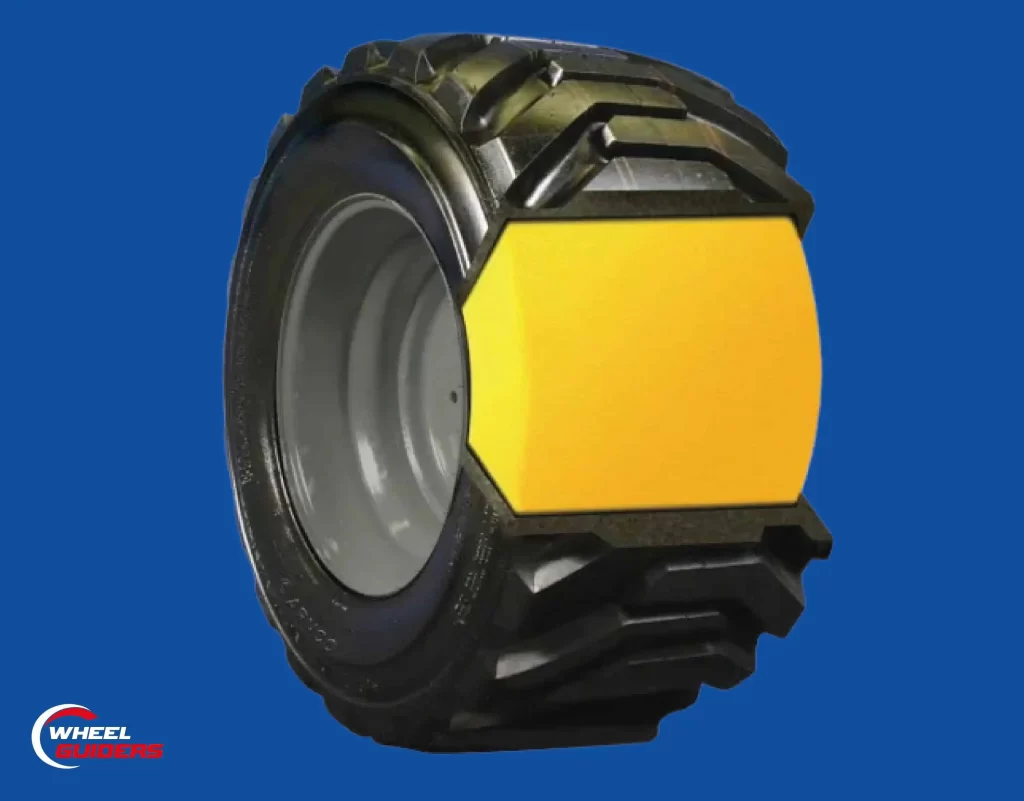
Foam filled tires are used where reduced maintenance is demanded, such as heavy machinery, tractors, landscape design hardware, golf carts and much more. They provide good robustness and management, especially on irregular or harsh terrain, resulting in a much more convenient and secure cruise for the controller.
Foam filled tires are an expensive solution. However, they have a long life but may require regular repairs, making them a much more expensive as a long term solution.
Pros And Cons Of Foam Filled Tires
Pros
Cons
What are pneumatic tires ?
Pneumatic tires use pressurized gas, usually compressed air that provides cushion to the tires of the vehicle. These wheels are used in various vehicles, such as trucks, bicycles, and airplanes.
A pneumatic tire’s basic structure consists of an outer layer of rubber, a surface of cloth or metal cords recognised as the “ply” and an internal diameter that retains the compressed air. When you pump up a tire, the air pressure needs to push the rubber upward, forming round shape that offers a comfortable and quiet ride.
Pneumatic tires outperform other kinds of tires in several ways. They also have improved momentum and handling ability, making them appropriate for use during various seasonal changes. Pneumatic tires are essential to modern transportation because they allow cars to go quicker and more securely than ever before.
Can You Put Air Into Foam Filled Tires?
No, it is impossible to pump air into foam filled tires because the foam stuffing substitutes for the air within the tires. There is no room for additional ambience. Inflating a foam filled tire may end up causing it to erupt or become adversely affected.
Any professional tire expert would neither suggest you on doing it nor would he do it. Safety is important at all time and should be give the top most priority at all times.
How Much Weight Do Foam Filled Tires Add?
The weight contributed by foam filled tires on the vehicle or equipment varies according to tire kind and size. Compared to air filled tires, foam filling can add 30 to 50% more weight to the axle. This added weight could decrease the total payload capacity of the vehicle or equipment, resulting in reduced effectiveness.
On the other hand, it also has a major beneficial side as the added foam can result in smooth driving for drivers. Despite their increased weight, foam filled tires remain a practical preference in many companies due to their rupture resistance and strength.
What Is The Difference Between Solid Tires VS Foam Filled
If you find yourself confused about choosing between solid and foam filled tires, the differences that I have listed down can help you make a more informed decision.
Alternatives to conventional pneumatic tires include solid tires and foam filled tires. As they both provide related advantages, such as enhanced sturdiness and rupture rigidity, the two have essential differences as well. Choosing between solid and foam filled tires is important as it impacts the performance and durability of the tires. Here are the major differences –
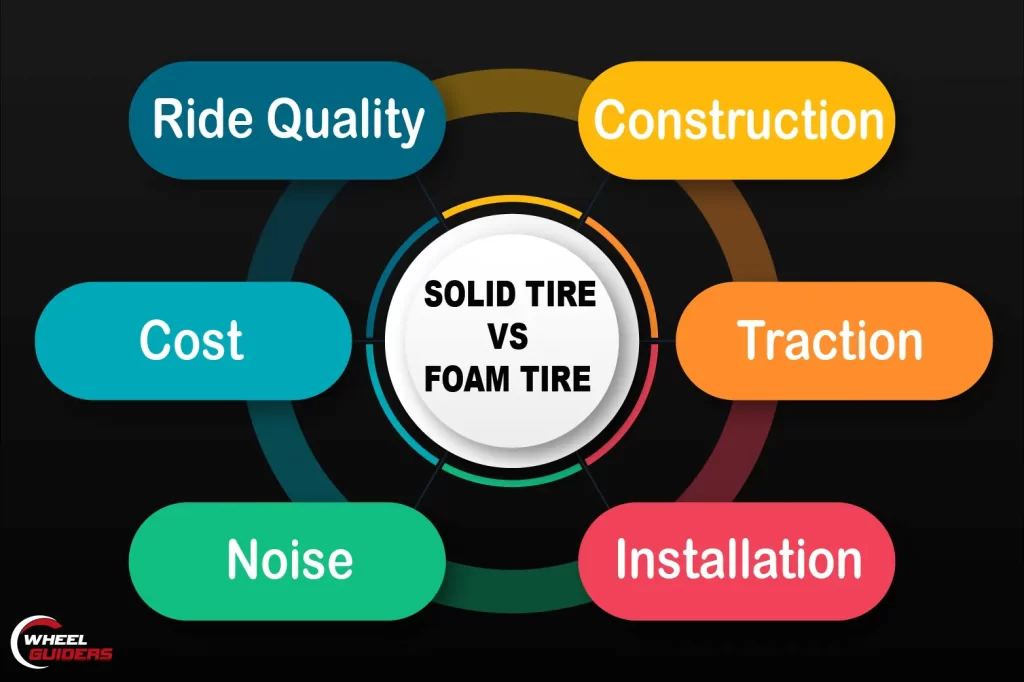
Construction
Solid tires are constructed from rubber, resulting in a rigid structure resistant to puncture wounds and mishaps. On the other hand, foam filled tires are air filled with polyurethane foam to provide an element of support within the tire.
Traction
Since their thick rubber development, solid tires have excellent grip. Manufacturing programs that demand momentum, such as lift trucks or heavy machinery, usually use them. Whereas foam filled tires offer better speed, their foam filling can end up causing each other to slide away on wet or greasy floors.
Installation
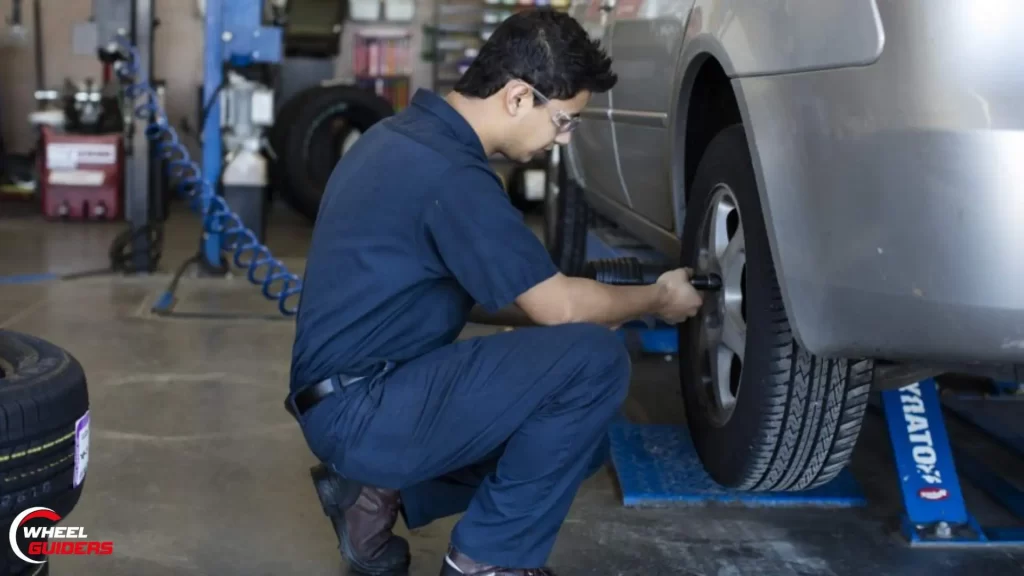
Mounting solid tires can be challenging because they need to be pressed in order to mount them onto the tire. You can install the foam filled tire the same way a pneumatic tire is installed, which is a more straightforward and much less time consuming method.
Noise
Solid tires are louder than foam filled tires at more incredible velocity. The absence of padding in solid tires can lead to increased engine vibration, which can be problematic in surroundings where the sound level is always under control. Because of the extra padding given by the foam filling, foam filled tires can provide a calmer ride.
Cost
In general, solid tires are costlier than foam filled tires. Solid tires are more expensive owing to their high toughness and the notion that they are perfectly thick rubber. Although less economical than solid rims, foam-filled tires are still more highly-priced than air-filled rims.
Ride Quality
When contrasted with foam filled tires, solid tires are recognised to provide a bumpier ride. This is due to the thick rubber materials and lack of softness. Because of the added support given by the foam stuffing, foam-filled tires provide comfortable driving.
Ultimately, choosing between solid and foam filled tires depends on the vehicle and equipment’s specific requirements.
Choosing Between Solid and Foam Filled Tires? Which One Should I Choose?
Your particular needs and usage determine the choice between solid and foam-filled tires. Solid tires are suitable for large applications due to their extreme robustness and resistance to ruptures and accidental spills.
Compared to air-filled tires, foam filled tires could provide better ride comfort and are a more premium solution while providing better survivability and rupture rigidity.
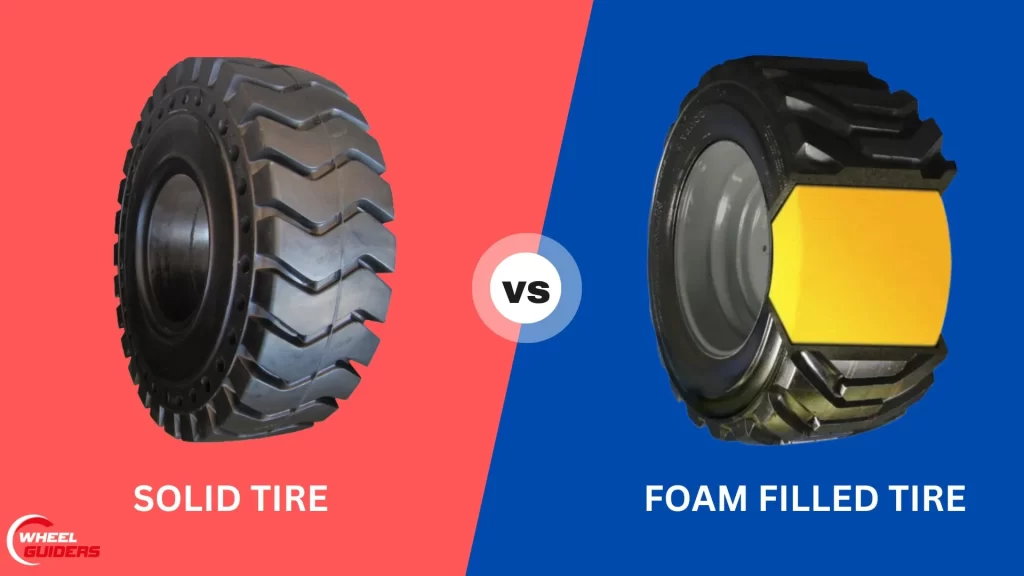
Consider ride comfort, load capacity, tire safeguards, momentum, vibration, and compatibility when choosing tires. It’s also critical to compare and consider each alternative’s price and setup procedure. Discuss with a tire expert to decide which suits your vehicle’s or equipment’s requirements.
Best Expanding Foam For Tires
Expanding foam is a renowned tire filling material as it is rupture resistant and helps prevent flats. The industry has multiple kinds of expanding foam, such as polyurethane and latex-based choices.
The best is expanding foam for tires as it is both long lasting and straightforward to implement. Take a glance at a foam that has outstanding coating qualities, specially designed for tires It’s also critical to select a foam that won’t affect the axle or rotation and is consistent with the sort of tire you’re using.
Seek advice from a tire expert or conduct a study to determine the finest expanding foam choice for your requirements.
Parting Words – Choosing Between Solid And Foam Filled Tires
Total weight, driving experience, agility, rim security, loud sounds, and suitability are all factors to consider when choosing between solid and foam-filled tires. Solid tires focus on providing better mobility and rim safeguards, whereas foam-filled tires are more expensive while offering a better ride. Compared to air-filled tires, both choices provide superior longevity and rupture rigidity.
I have compiled all the relevant information on choosing between solid and foam filled tires. With the key points outlined in this article, you can easily differentiate between these two types of tires and determine which one is better suited to your specific requirements.
Choosing between solid and foam filled tires entirely depends on the type of vehicle you own. Before we part ways, I’d like to emphasise on the importance of frequent tire inspections and balance checks to ensure safety and comfort, regardless of whether you use pneumatic or solid tires.
If you are still confused about choosing between solid and foam-filled tires, I would advise you to visit a tire expert to receive professional guidance and recommendations according to your specific requirements.
